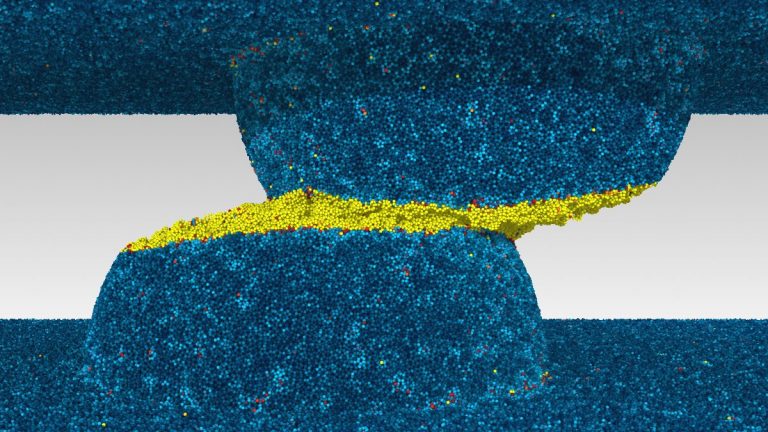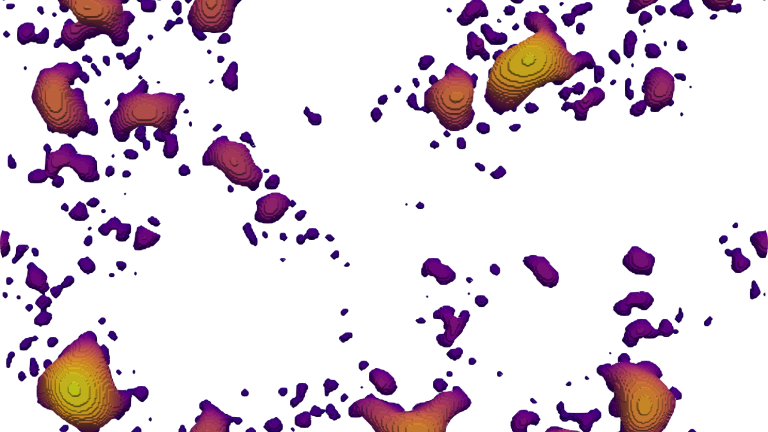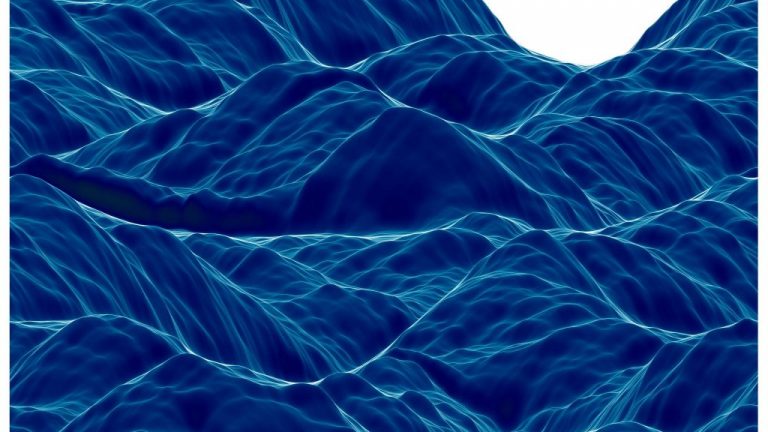Our group investigates contact mechanics at length scales ranging from the atomic to macroscopic scales, relevant to civil or mechanical engineering applications and to earthquake science.
Nanotechnology is a new frontier in research and new tools must be developed. As surface to volume ratios become large, engineering at the nanoscale becomes dominated by surface science. The study of contact mechanics at nanoscales—nanotribology—needs to fully account for adhesive forces, third-body interactions and deformation mechanisms at contacting asperities. Understanding these factors as well as the morphological evolution of contact clusters has the potential of explaining the origins of frictional forces and wear. This will guide us in the design of tailored-made lubricants and surface morphologies, which, in turn, will help reduce the high societal cost of wear damage.
On the macroscopic scale, our group studies the propagation of interface ruptures. Our research focuses on the mechanical understanding of mechanisms observed on natural faults during earthquakes and on laboratory friction experiments.
Research topics in Contact Mechanics / Tribology / Rheology

Nanoscale Friction and Wear
Onset of wear, particle formation and surface roughness evolution at the nanoscale.

Mesoscale Contact, Friction and Wear
Contact mechanics of multi-scale rough surfaces with plasticity, adhesion and friction. Upscaling of nanoscale tribology laws.

